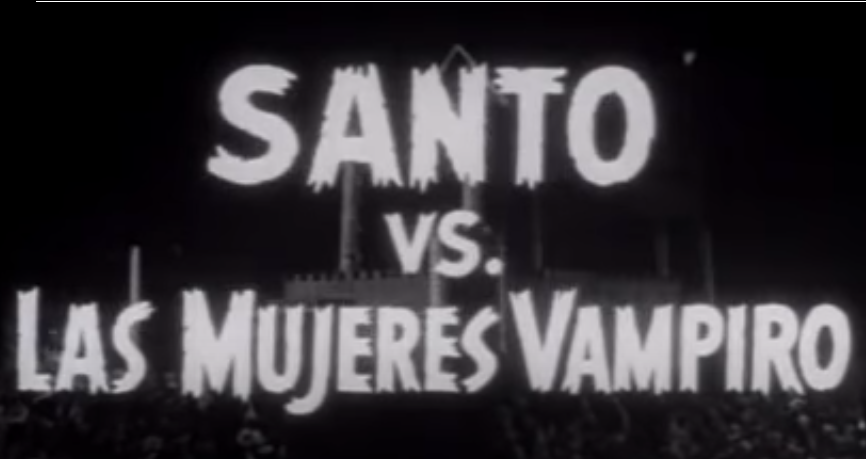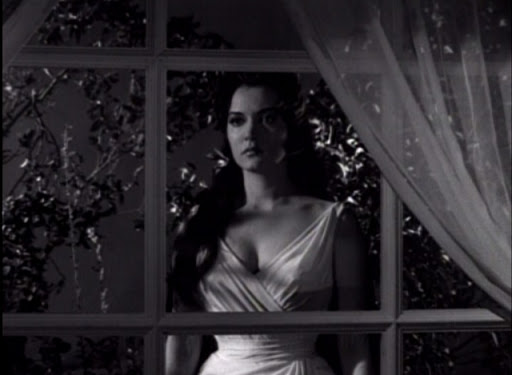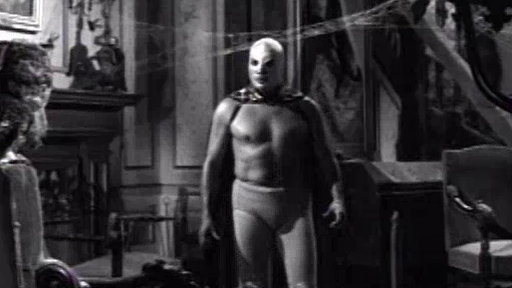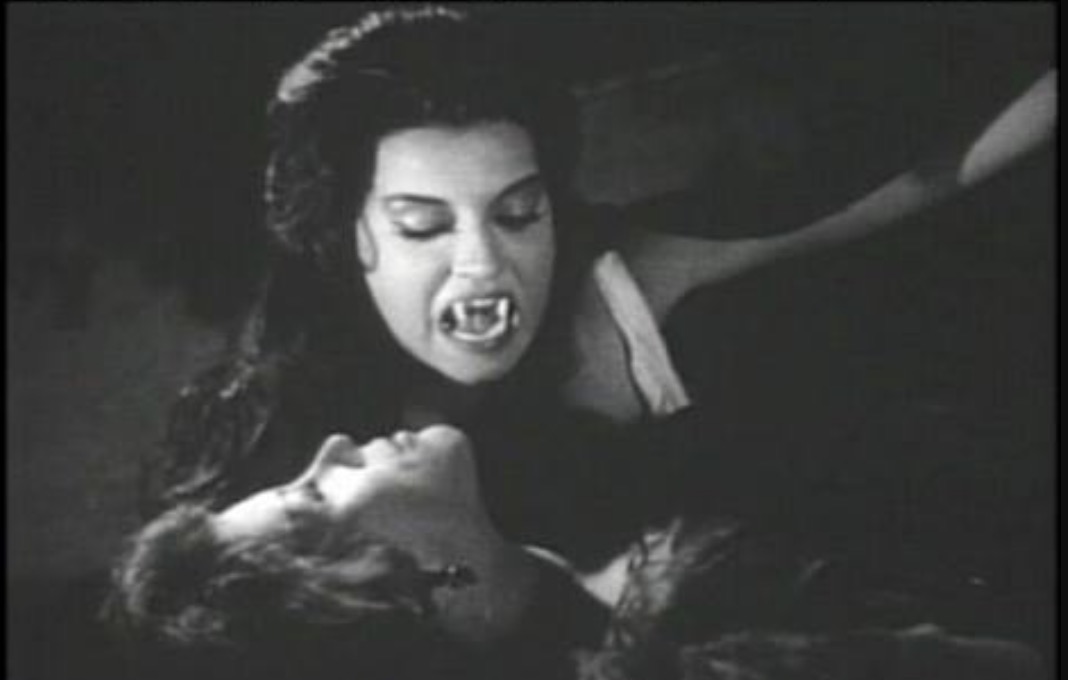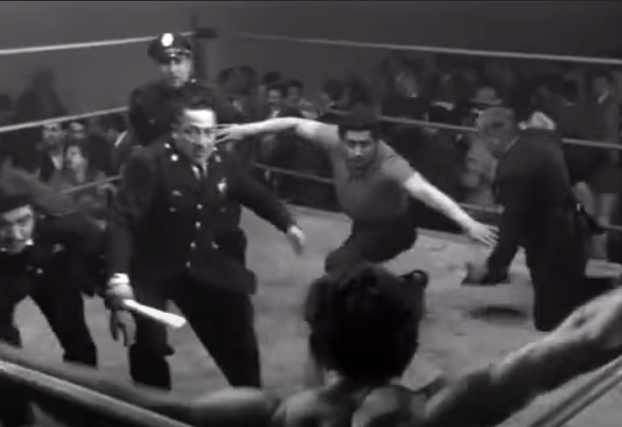
by Cora Buhlert
Marching for Peace
The long Easter holiday weekend has just passed. For most West Germans, Easter is a time for church services, family dinners, bunnies and chocolate eggs.
However, in the past six years, Easter has also become a time for peace protests. These so-called Easter marches have been inspired by the British Aldermaston marches and always take place during the Easter weekend throughout West Germany.

Initially, Easter marches only happened in big cities. But now, fuelled by fears about the war in Vietnam and nuclear armament, even places like Delmenhorst, a town of 60000 people in my region, have Easter marches of their own. Meanwhile, the big marches such as Frankfurt's attract celebrities such as US folk singer Joan Baez, West German actor, singer and comedian Wolfgang Neuss and US peace activist Ira Sandperl.

Springtime in Leipzig
However, marches are not the only way to promote world peace and global understanding. Meeting people from the Eastern bloc also helps and so I ventured across the Iron Curtain last month to attend the 1966 spring fair in Leipzig, East Germany. Based on a tradition going back to the middle ages, the Leipzig spring and autumn fairs have become a showcase for East European industry since the war. The Leipzig fairs are also a time when East and West move a little closer together and the Iron Curtain becomes a bit more porous. Particularly, the associated Leipzig book fair offers a chance for booklovers from East and West to meet.




Because I have family in the nearby town of Schkeuditz, I eschewed the pricy and spy-ridden hotels catering to western visitors and instead spent the night on my Aunt Metel's couch. During the day, I admired the products of East European industrial ingenuity, including a fascinating display of Soviet space probes, and in the evening, I enjoyed the cultural life of Leipzig. Among other things, I went to the cinema to watch the latest East European movies. And this is how I came to see König Drosselbart (King Thrushbeard), a delightful fairy tale that was the highest grossing East German movie of 1965.

Fairy Tales from the East
Eastern Europe in general and East Germany and Czechoslovakia in particular produce a lot of fairy tale movies. These films rarely reach the English speaking world, but they do make their way onto West German movie and TV screens, because they offer well-made and – at least on the surface – apolitical entertainment for viewers of all ages.

In 1950, the state-owned East German film studio DEFA kicked off its series of fairy tale movies with Das kalte Herz (The Cold Heart), based on a fairy tale by Wilhelm Hauff. The movie was a huge success and so the DEFA started adapting more fairy tales, borrowing stories from the Brothers Grimm and Hans Christian Andersen, but also from Russian folklore. King Thrushbeard, based on the eponymous fairy tale collected by the Brothers Grimm, is already the seventeenth fairy tale movie the DEFA has made since 1950.
Haughty Princesses and Handsome Strangers
The movie follows the plot of the fairy tale very closely and opens with Princess Roswitha (Karin Ugowski) on a coach ride with her governess Beatrix (Evamaria Heyse). Roswitha urges the coachman to go faster and faster, until the inevitable happens. The coach strikes a pothole and loses a wheel.

Lucky for Roswitha and her entourage, a dashing horseman (Manfred Krug) just happens to pass by and immediately offers his help. The horseman is quite taken by the princess. Roswitha, in turn, doesn't quite know what to make of this handsome and helpful stranger, so she reacts with what we quickly realise is her default response to any situation, haughtiness and snark.

Roswitha is not just haughty and snarky, she's also a spoiled brat and would be difficult to like if the movie didn't show us her softer side, when she uses her own handkerchief to bind the coachman's bleeding hand. This glimpse at Roswitha's kinder side is not lost on the handsome stranger either, who shamelessly flirts with Roswitha and even gives her a bouquet of little blue wildflowers. This bouquet will reappear throughout the film, indicating that in spite of her behaviour, Roswitha is attracted to the handsome stranger.
However, Roswitha doesn't have time to act on her attraction to handsome strangers she meets in the woods, for she has to return to the castle of her father, King Dandelion (Martin Flörchinger) who is throwing a feast in her honour and has invited several aristocratic and eligible bachelors, hoping Roswitha will choose one of them. Roswitha, however, doesn't want to marry, least of all one of the men her father has chosen for her.
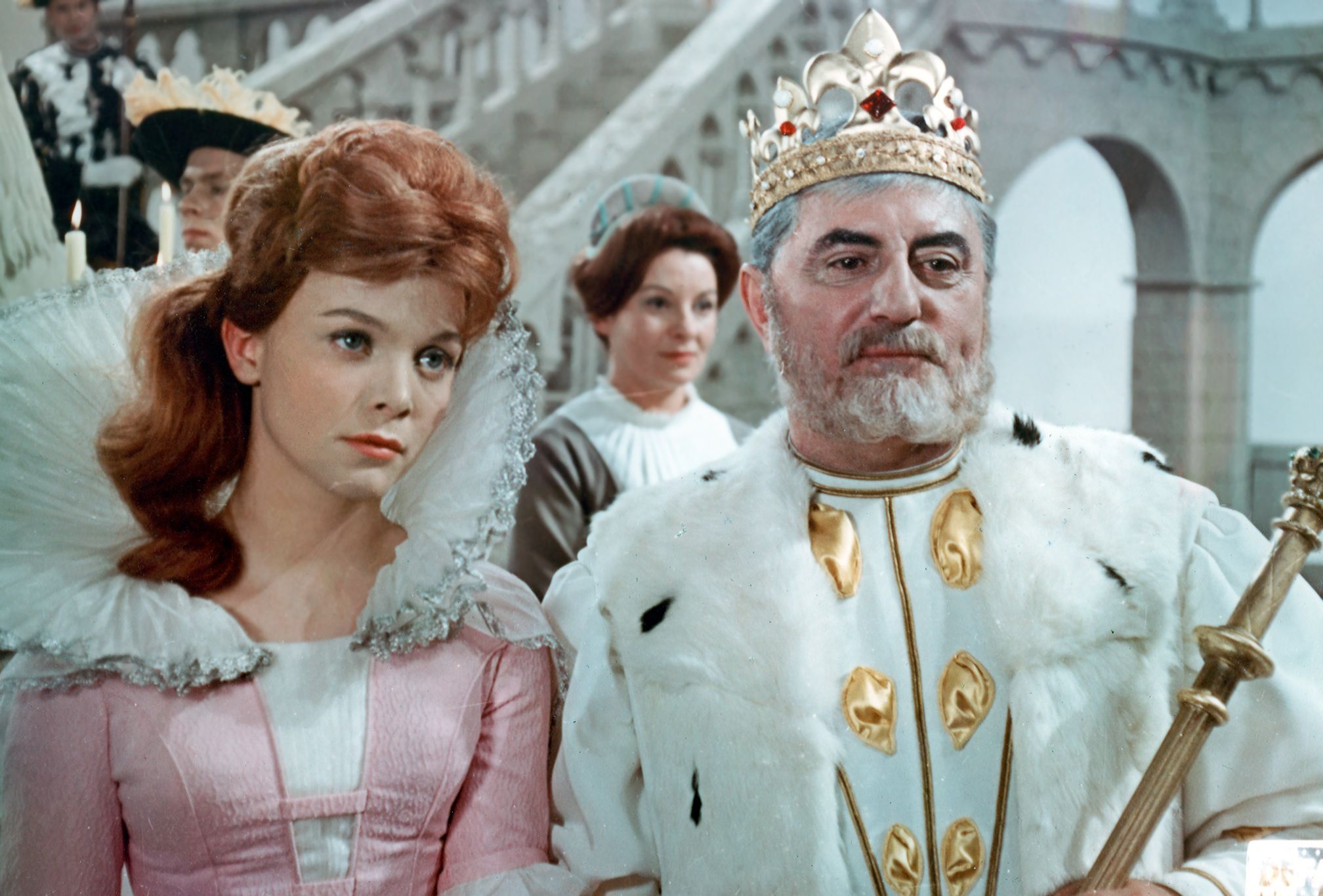
The Hateful Eight
We first meet Roswitha's suitors at the castle, impatiently awaiting the arrival of the Princess. And immediately, the viewer sympathises with Roswitha and her reluctance to marry any of these men, because the suitors are a terrible bunch.
There is King Heinz-Eduard, the favourite of Roswitha's father, who's rich, fat and eats way too much. Roswitha compares him to a wine barrel. King Wenzel of Weinreich is ugly, has crooked teeth and likes alcohol a little too much. Knight Balduin von Backenstreich is rotund, clumsy (he has his proposal written down on a cue card he carries in his sleeve and still messes it up) and so short that Roswitha wonders how he can even carry his sword. Lord Zacharias von Zackenschwert is bald, scarred and really, really loves battles and telling war stories. He presents Roswitha with the medals he's won. Duke Adolar von Antenpfiff has a terrible dress sense and is also old enough to be Roswitha's grandfather. Count Eitelfritz von Supp is incredibly vain, thinks wearing a red shag carpet is the height of fashion. He also appears to find Roswitha's other suitors far more interesting than the princess herself, but since this is a movie for children, Count Eitelfritz's romantic preferences remain allusions. Prince Kasimir, finally, seems tolerable at first glance, except that he never had an original thought in his life and always says what he thinks the other person wants to hear.
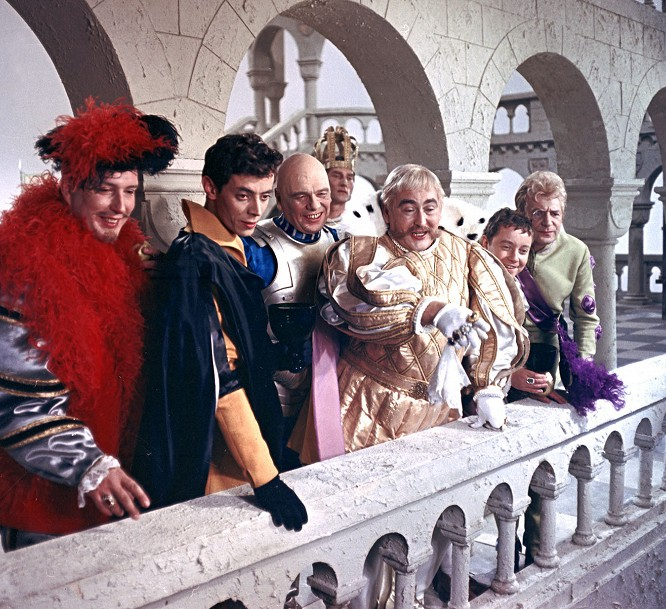
In short, they're all terrible and Roswitha is not shy about letting her suitors know exactly what she thinks of them. In general, it is notable that while Roswitha may be haughty and a pain in the backside at times, she's also a far cry from the wilting and bland princesses found in western fairy tale movies such as Disney's. Roswitha is sassy and knows exactly what she wants, whether in a husband or in a gown. There is a scene early on where she refuses to wear the (very ugly) gown and blonde wig her father has chosen for her and instead opts for a simpler gown and her natural red hair. 22-year-old East German actress Karin Ugowski, a regular in the DEFA fairy tale movies, imbues Roswitha with a lot of charm without losing her prickliness.

In addition to the terrible eight, a surprise suitor puts in an appearance and he's none other than the handsome stranger Roswitha met in the woods. But though Roswitha was quite taken by the handsome stranger before, she now rejects him as well. This time around, Roswitha objects to the handsome stranger's beard, which she insists looks like the beak of a thrush, hence the nickname King Thrushbeard.

A King in Disguise
However, Roswitha has overplayed her hand. Her father is furious that she rejected all the suitors again and was extremely rude about it as well. So the king swears that he will marry off Roswitha to the first beggar who appears at the castle gates. Lo and behold, promptly a wandering minstrel playing a hurdy-gurdy appears outside the castle. Meanwhile, King Thrushbeard has mysteriously vanished.
King Dandelion wavers about marrying off his only daughter to a wandering minstrel, but the insulted suitors hold him to his word and so Roswitha is married to the minstrel and cast out of the castle.
The true identity of the minstrel will not come as a surprise to anybody but Roswitha, even if the DEFA make-up department did its best to disguise Manfred Krug with a fake beard and to cover up the distinctive scar on Krug's forehead, legacy of his pre-acting career as a steelworker, with a hairpiece. Yes, the wandering minstrel is none other than King Thrushbeard in disguise, out to teach the princess a lesson and win her after all.

Eastern Jazz
28-year-old Manfred Krug is a rising star in East Germany and King Thrushbeard certainly demonstrates why. Whether king or minstrel, he always displays his cocky working class charm and has great chemistry with his co-star Karin Ugowski. King Thrushbeard (we later learn that his real name is Hans) takes no crap from Roswitha and gives as good as he gets. But contrary to his fairy tale counterpart, he's not a jerk, but instead treats Roswitha with kindness and patience.
Manfred Krug is not just an actor, but also a talented singer and songwriter, skills that he gets ample chance to show off in King Thrushbeard. Both East and West Germans love schlager, sappy pop songs of love lost and won, so schlager make up most of Manfred Krug's musical output. However, his true love is jazz, which he calls "the best gift our American brothers ever gave us".

So how good a singer is Manfred Krug? A very good one, it turns out. Check out his amazing version of "House of the Rising Sun", which I for one prefer to The Animals'. Krug also wrote the German lyrics, which touch on taboo subjects such as race relations in the US South.

Crafting Lessons in the Woods
The songs that Krug sings in King Thrushbeard are far more traditional, though pleasant. However, the people of the town, through which Roswitha and her new husband pass, only have a few pennies to spare for a wandering minstrel. The minstrel spends those few pennies on an apple for Roswitha. In the real world, he tells her, things cost money and they have none.
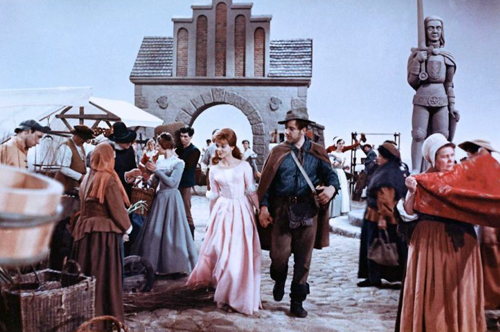
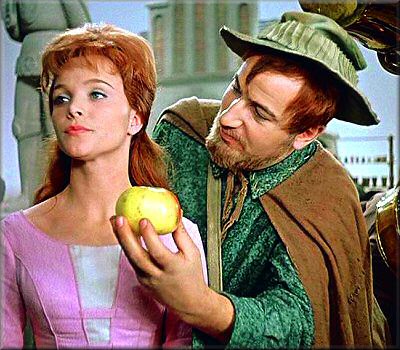
The minstrel takes Roswitha to a shack in the woods, where Roswitha turns out to be absolutely hopeless at housework. Nor does she have any marketable skills, which does not bode well for the couple's financial future.
Now the movie turns into "Crafting with Manfred Krug", as King Thrushbeard tries to teach Roswitha basket weaving, spinning and finally pottery (we never learn just how a king came by such practical skills). Roswitha turns out to be bad at all three crafts, but she reveals herself to be a talented painter, so she paints the pots and jugs that her husband makes. Meanwhile, Roswitha is thrilled that her painting skills are actually appreciated, because back at the castle, no one ever did.

Next, King Thrushbeard sends Roswitha to market to sell the pots and jugs they made. Her success is middling, because Roswitha just isn't the stereotypically noisy market wife. On the second day, she sets up her stall a bit apart from the others, only to have a drunk soldier ride straight into it, shattering all her pottery. Humiliated and deeply ashamed, Roswitha runs off into the woods, believing she cannot come home to her husband, after she lost their entire stock.
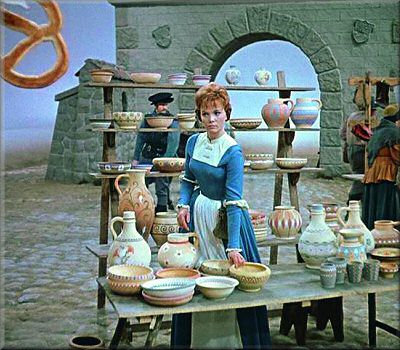
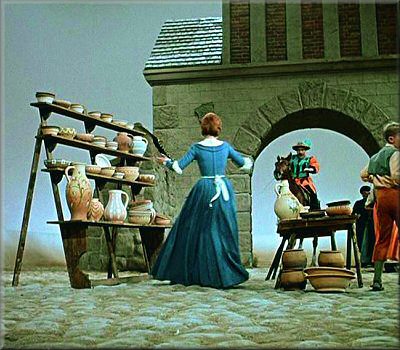
Happily Ever After with Meatballs and Parsley
At a well in the woods, Roswitha asks her reflection for advice and gets it in the form of a kitchen boy from the nearby castle who is gathering mushrooms for the royal table. The boy tells Roswitha of an open position in the castle as a kitchen maid, so Roswitha goes with him. She is quickly hired, especially since it turns out that she is very good at making the king's favourite dish, meatballs with parsley sauce, which – quelle surprise – also just happens to be her husband's favourite dish.
Meanwhile, King Thrushbeard is looking for his missing wife and learns what happened from the other market vendors. Realising that he overdid the whole charade, he goes in search of Roswitha, enlisting the aid of his most trusted courtiers and servants. The cook recognises the king's description as the new kitchen maid.

So King Thrushbeard throws a big wedding feast and has Roswitha make meatballs with parsley sauce (a specialty from Saxony) as the main course. He also insists that she personally serves the meal. When Roswitha realises who the king is she drops the tureen with the meatballs (this movie certainly is hard on tableware) and runs off once again. King Thrushbeard catches up with her, apologises and the two are married for real. And they lived happily ever after.

King Thrushbeard is an delightful film. It sticks close enough to the original plot that everybody recognises it at once, but also updates the 150-year-old story to remove some of the more unpleasant aspects of the original, where King Thrushbeard is very much a jerk. The cast is excellent, particularly the two leads, but also the supporting actors playing the various suitors.
One thing about the film that surprised me were the rather basic sets. The movie was shot entirely in the DEFA studios in Potsdam Babelsberg and it shows. Even the woods through which Roswitha and King Thrushbeard pass repeatedly are obviously a studio set. The castle, the town and the minstrel's shack consist of random set pieces and bits of furniture against a plain grey studio background. The result is a highly stylized look, partly reminiscent of silent movies and partly of the fairy tale stage plays that are a staple of German theatres in the run-up to Christmas. I have seen DEFA movies with location footage and elaborate sets, so this is a deliberate artistic choice, not an economic necessity. Allegedly, the reason for the stylized sets is the theory that realistic sets would only confuse young viewers and distract from the plot.
A Socialist Fairy Tale?
So how political is King Thrushbeard, considering it is a movie from beyond the iron curtain? On the surface, it's not very political at all, considering it is an adaptation of a 150-year-old fairy tale cum morality play, featuring kings and princesses. However, at second glance, Socialist politics do become apparent, though they are more subtle than the blunt messaging e.g. in the East German science fiction film The Silent Star.
For starters, the movie very much stresses the value and importance of work. It is his ability to work with his hands that sets King Thrushbeard apart from the useless suitors and Roswitha's redemption involves getting a good honest proletarian job, first as a ceramic painter, then as a pottery vendor and finally as a kitchen maid.
Furthermore, the second song the minstrel sings explicitly states that both excessive wealth and poverty are bad for society and that equality is the best state. It's the Socialist message in a nutshell.


The terrible suitors can also be seen as an indictment of various vices. We have a drunkard, a war monger, a glutton, a man who ostentatiously shows off his wealth, a pompous fellow with a monocle, a yes-man who parrots what others wants to hear, a stammering idiot and a man who cares about his own appearance above all else. These, the movie tells us very clearly, are the sort of people the real existing Socialist republic of East Germany does not need. Though it is notable that the vices of the bad suitors also line up with the seven deadly sins of Christianity.
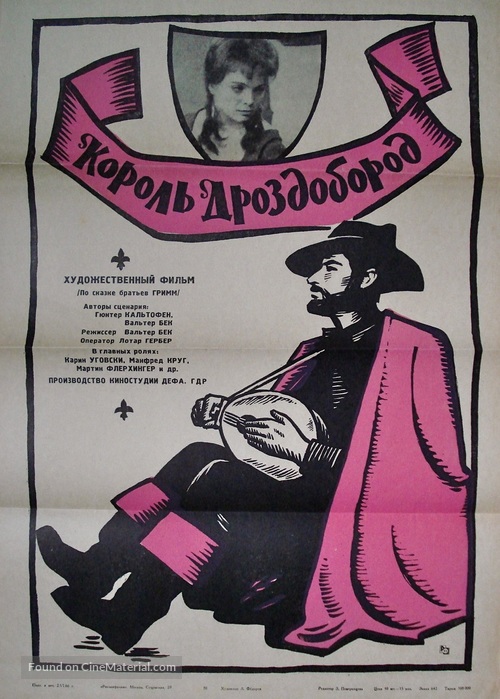
But don't let my comments about the political content of the movie scare you off. King Thrushbeard is an enjoyable fairy tale for young and old.
Four stars


![[March 4, 1966] Sanguinary Cinematic Surgery (<i>Blood Bath</i> and <i>Queen of Blood</i>)](https://galacticjourney.org/wp-content/uploads/2021/03/660304movie-600x372.jpg)


















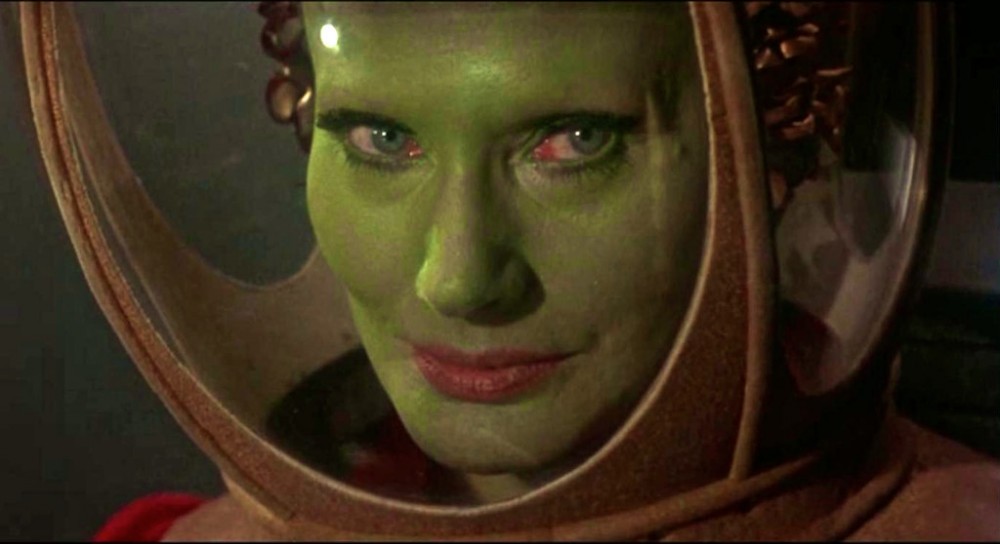




![[February 16, 1966] An import-<i>ant</i> next step in my Sci-fi journey (<i>Them!</i>)](https://galacticjourney.org/wp-content/uploads/2021/02/660216cover-672x372.jpg)


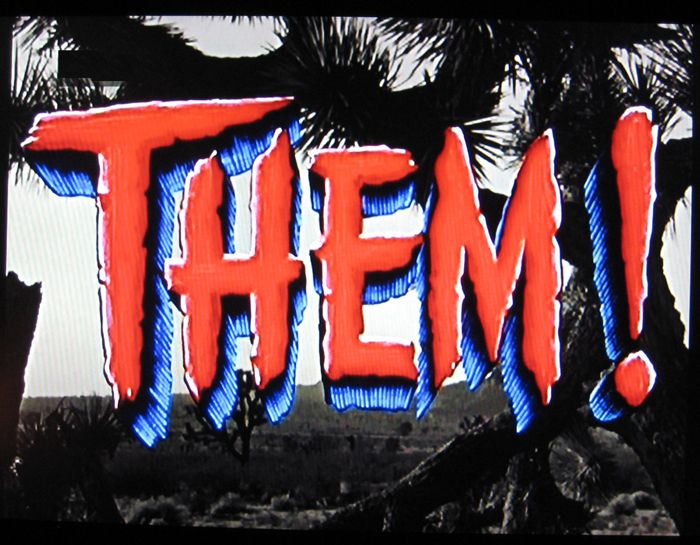
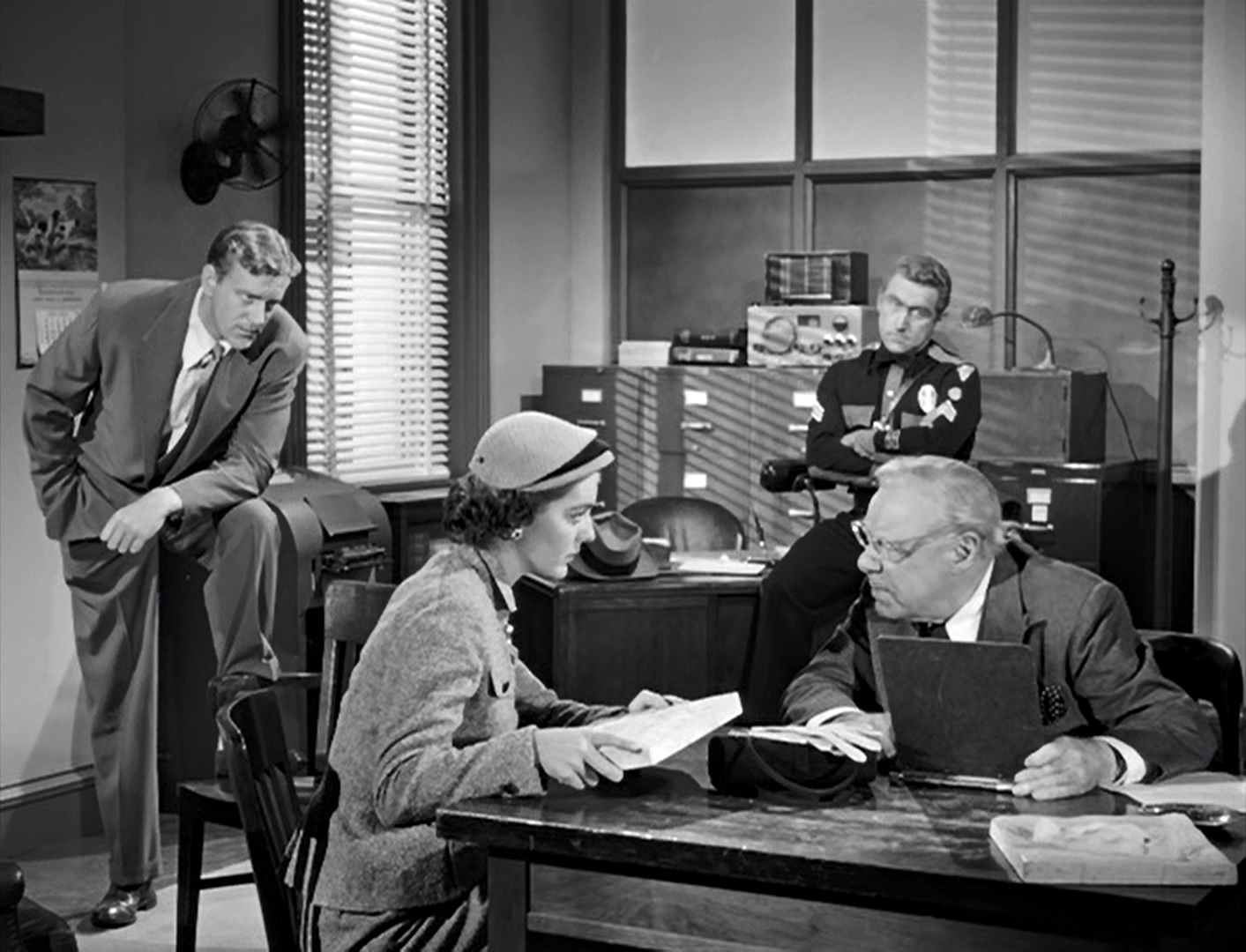
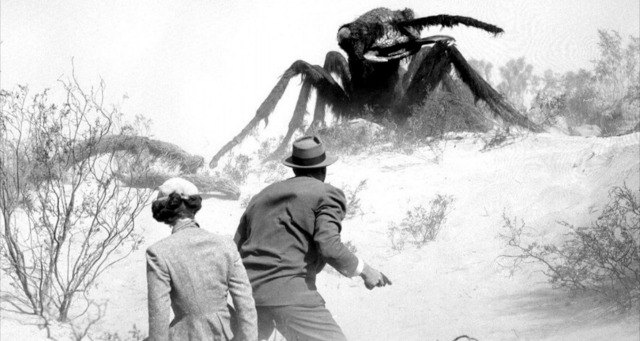
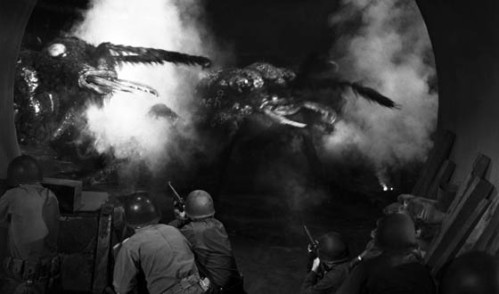
![[January 24, 1966] The Sincerest Form Of Espionage (<i>Agent for H.A.R.M.</i>, <i>Our Man Flint</i>, and Other Bond Imitations)](https://galacticjourney.org/wp-content/uploads/2021/01/51pPnb0TRVL._AC_-500x372.jpg)

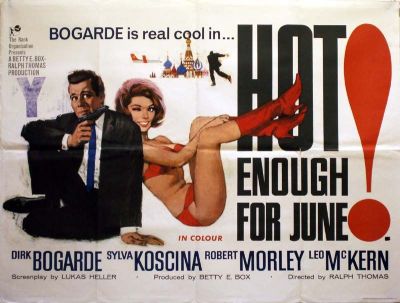

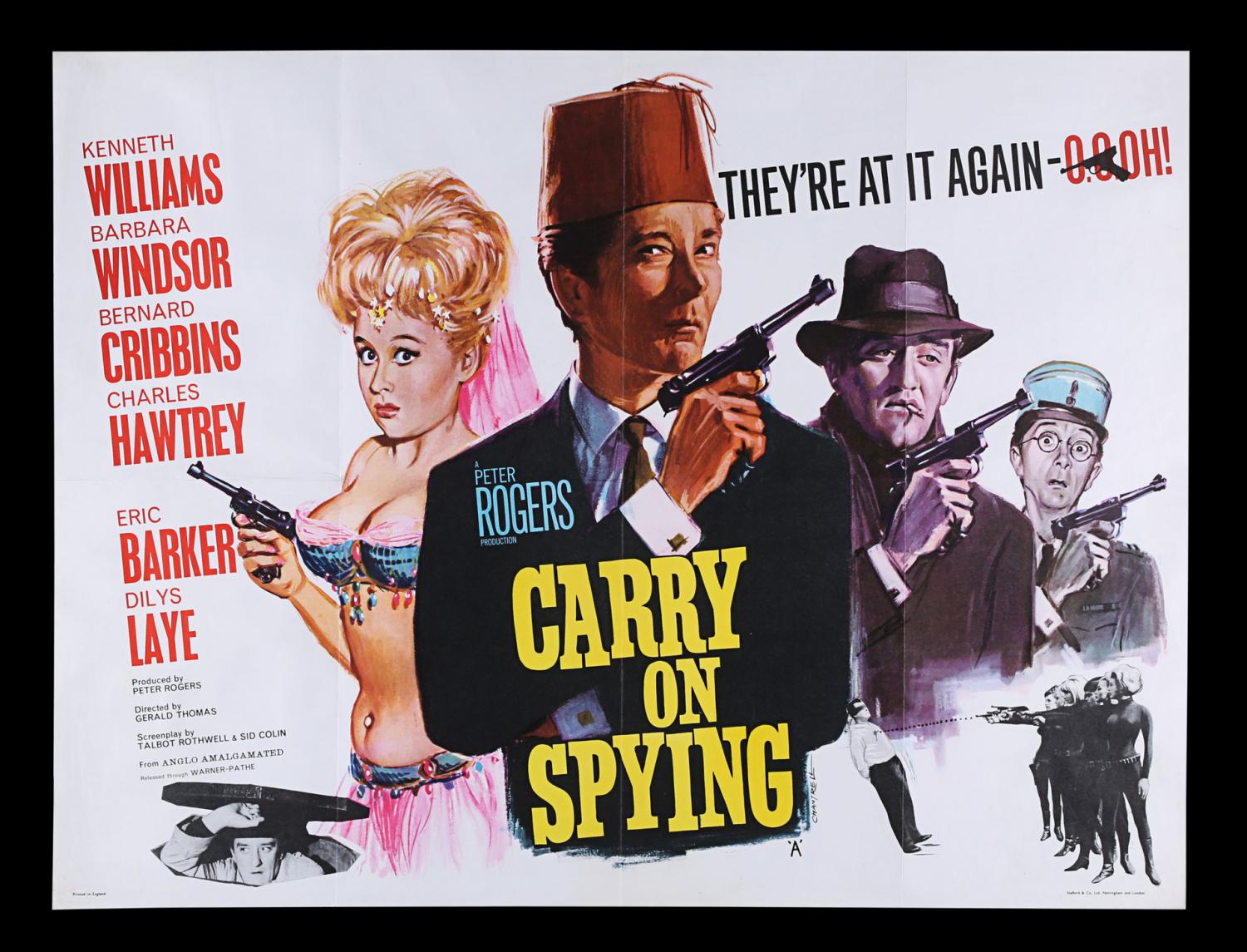


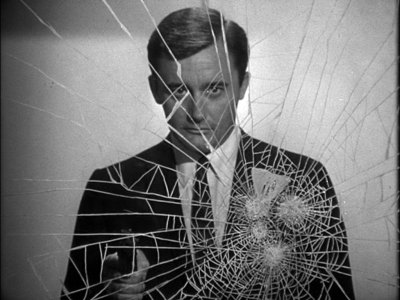







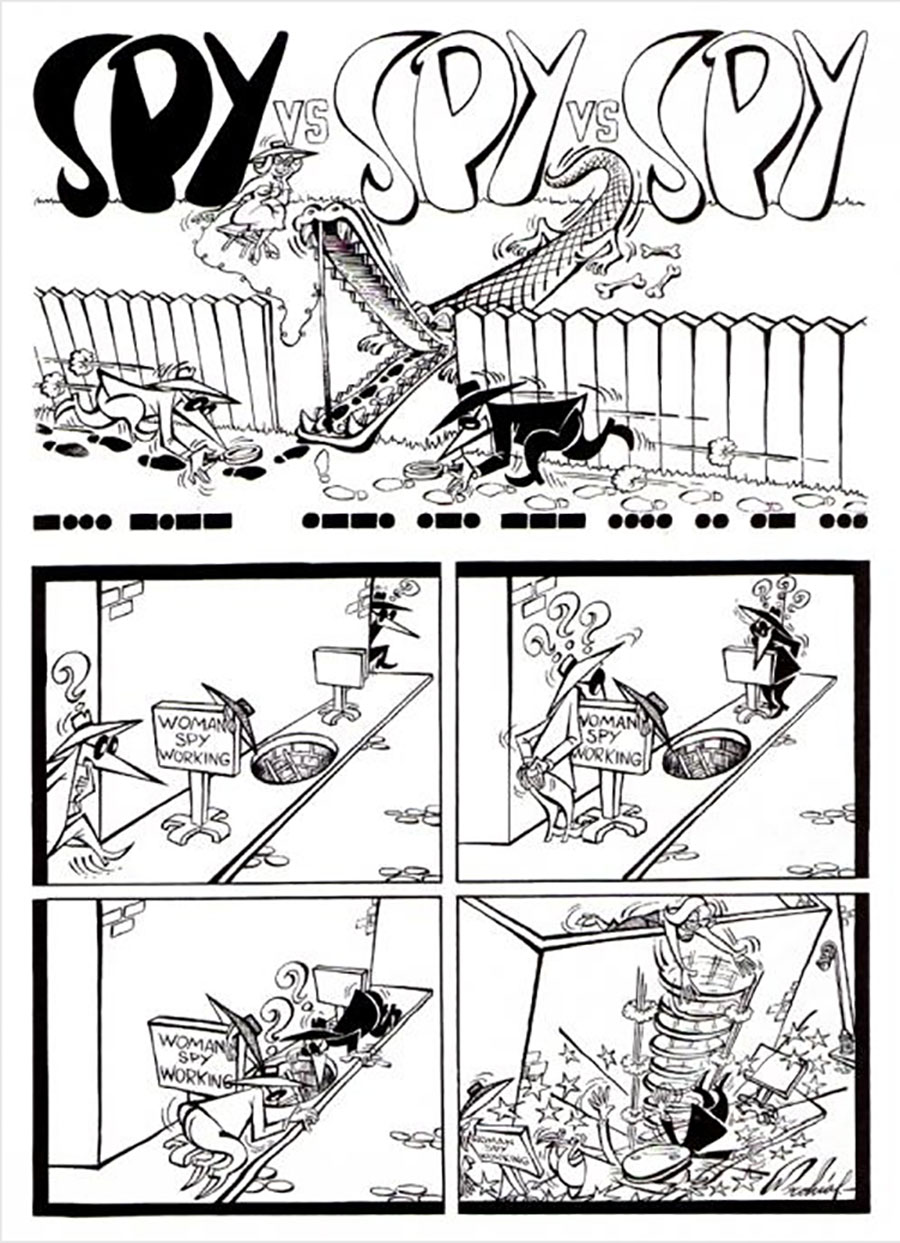
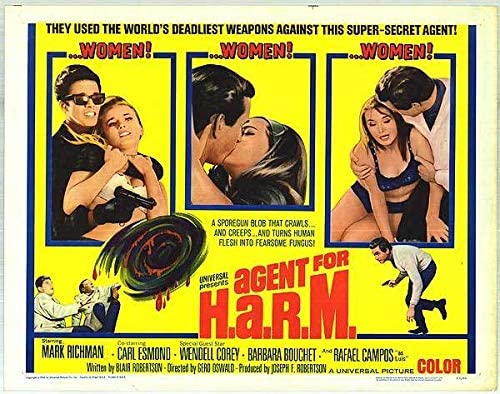


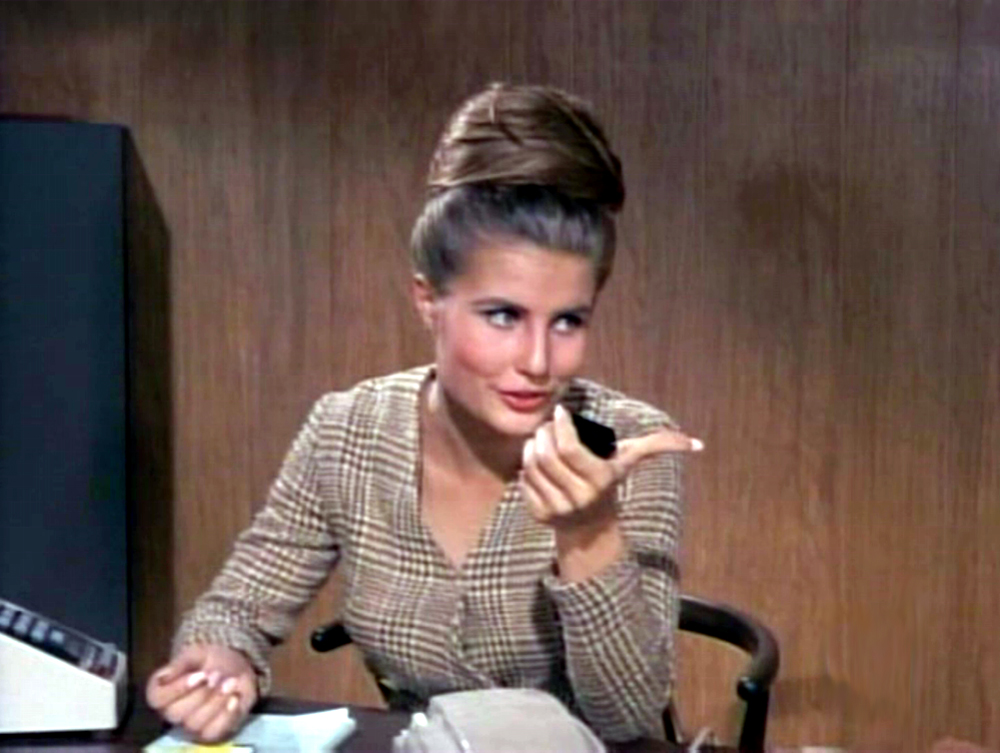


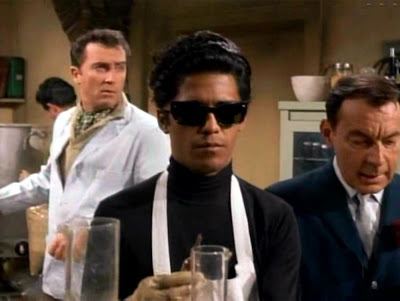

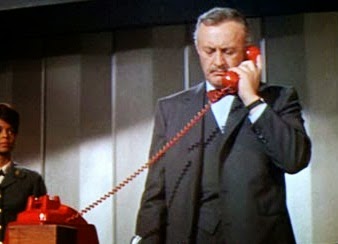
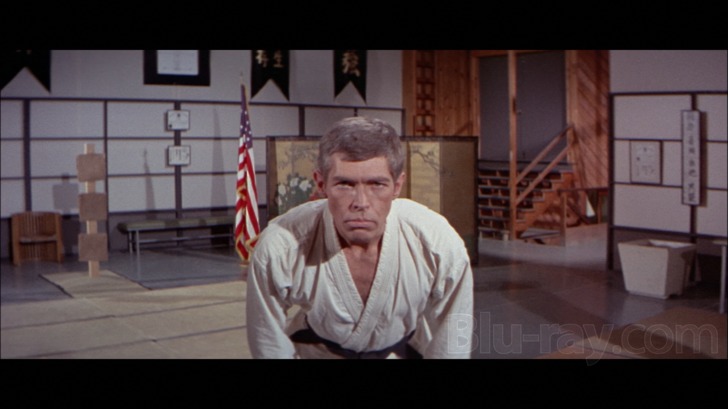

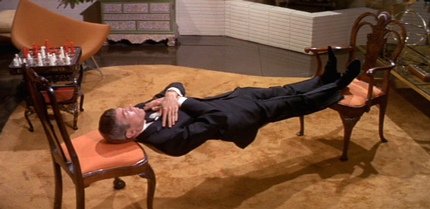





![[January 14, 1966] An Excellent Set of Hammers (<i>Dracula Prince of Darkness & Plague of the Zombies</i>)](https://galacticjourney.org/wp-content/uploads/2021/01/Hammer-Titles.jpg)



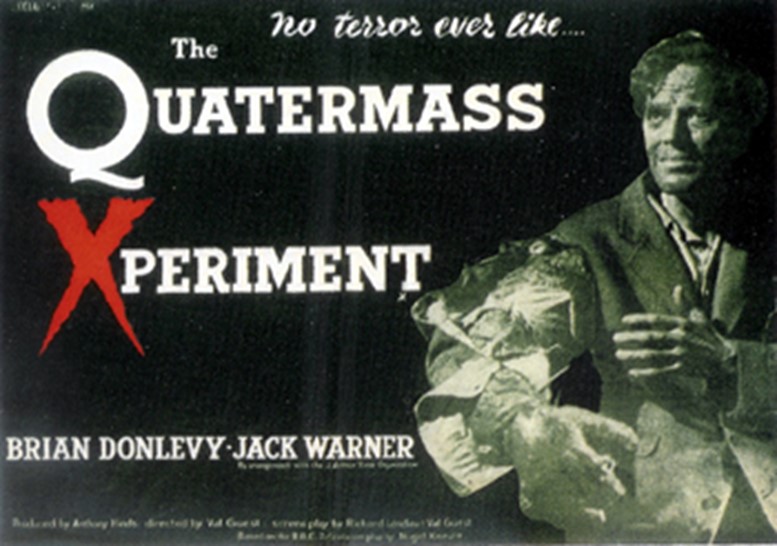

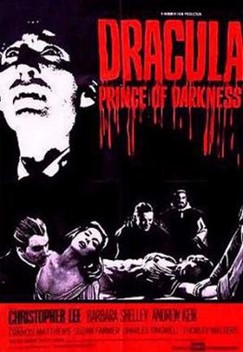
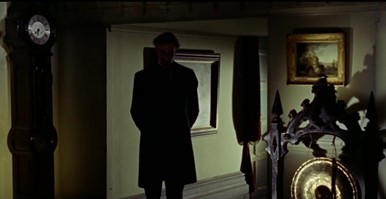
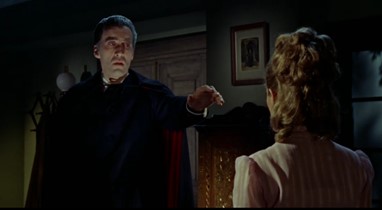
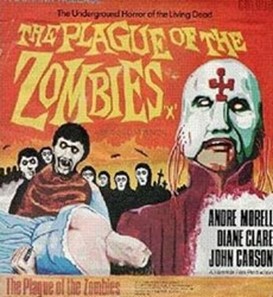
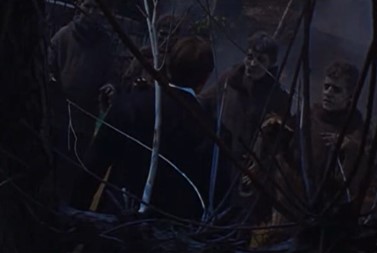
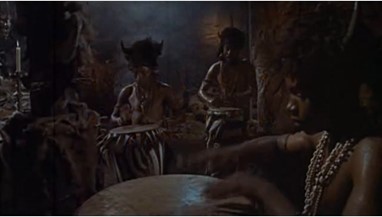
![[December 26, 1965] Murders per Minute (James Bond in <i>Thunderball</i>)](https://galacticjourney.org/wp-content/uploads/2020/12/651226poster-609x372.jpg)







![[December 16, 1965] Two Creepy Terrors (<i>Die Monster Die!</i> and <i>Planet of the Vampires</i>)](https://galacticjourney.org/wp-content/uploads/2020/12/karloff-672x312.jpg)



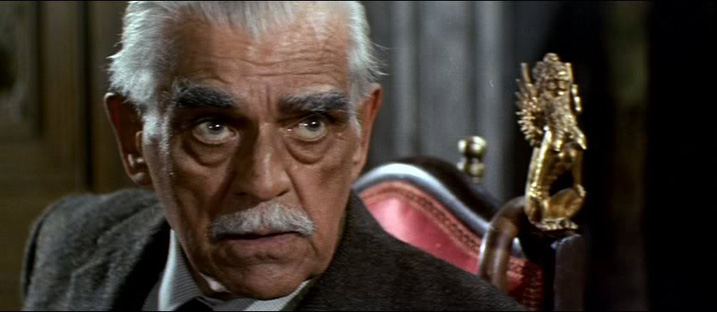
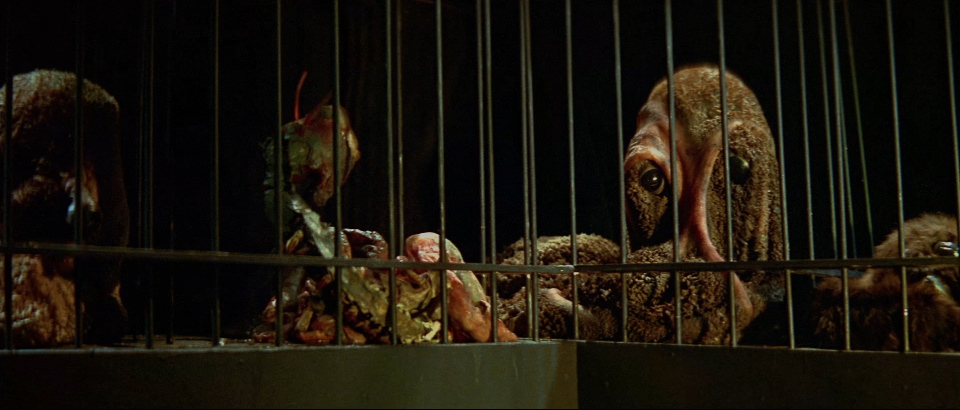
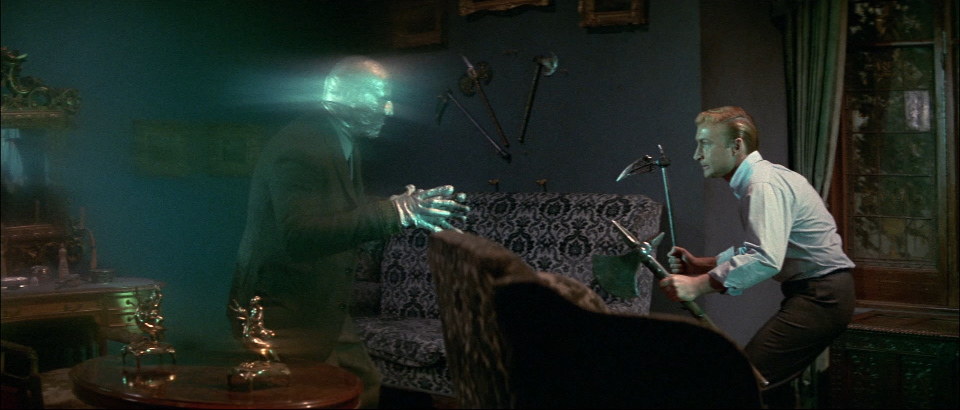
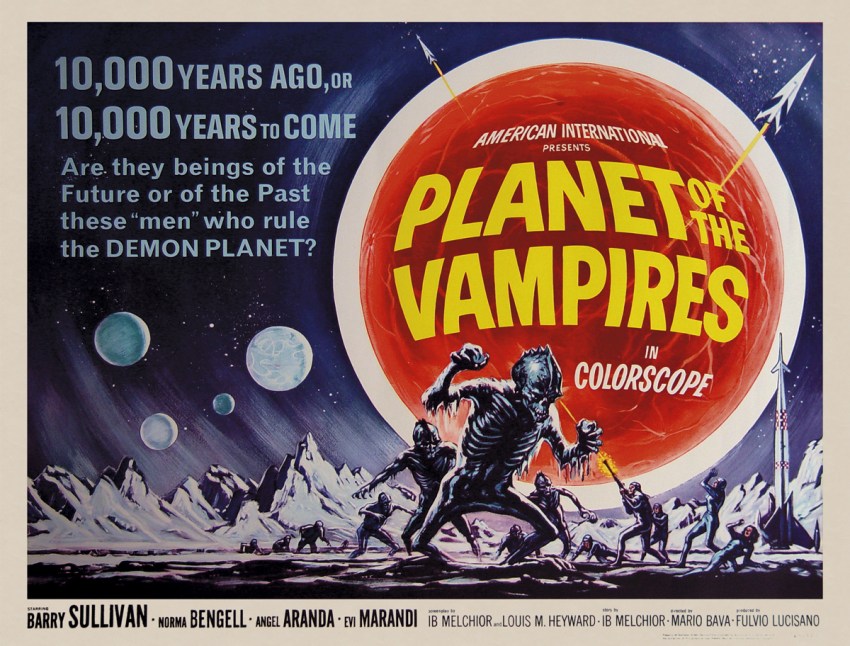
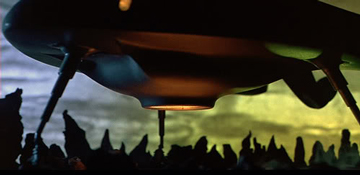
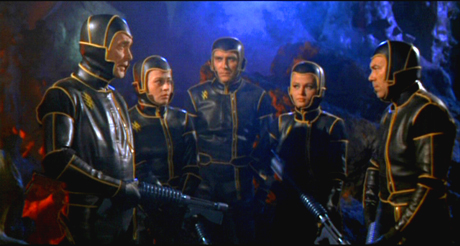
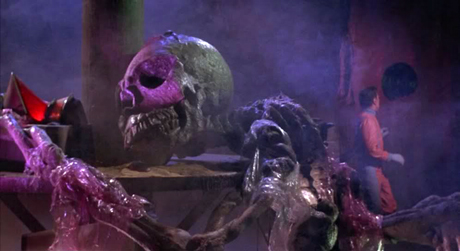


![[December 12, 1965] Something Old, something New (<i>The Bishop's Wife</i> and <i>A Charlie Brown Christmas</i>](https://galacticjourney.org/wp-content/uploads/2020/12/651212feature-672x372.jpg)


![[November 28, 1965] A Fantastic European Duo (<i>Alphaville & The Saragossa Manuscript</i>)](https://galacticjourney.org/wp-content/uploads/2020/11/London-Film-Festival.jpg)


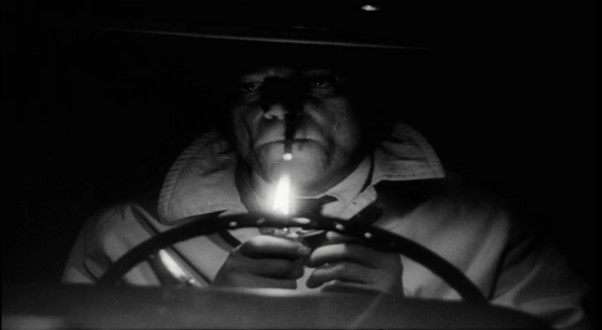


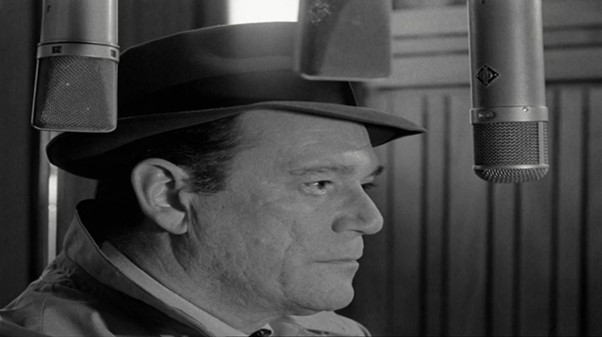
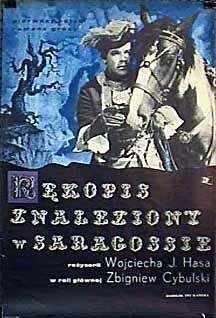
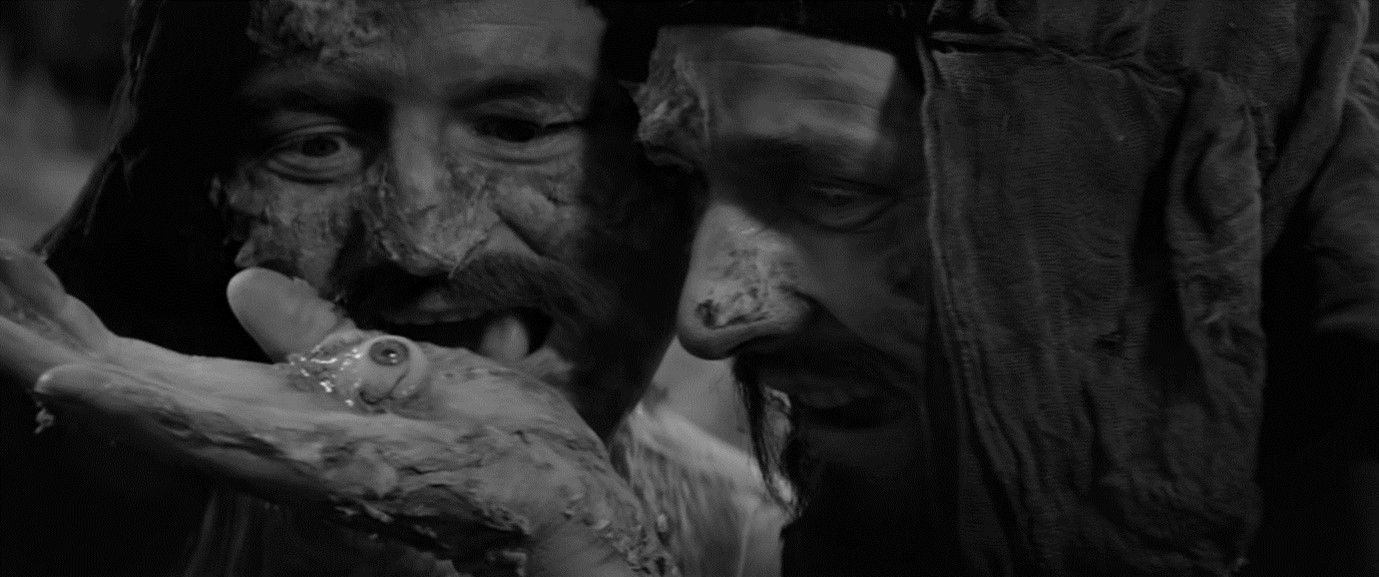

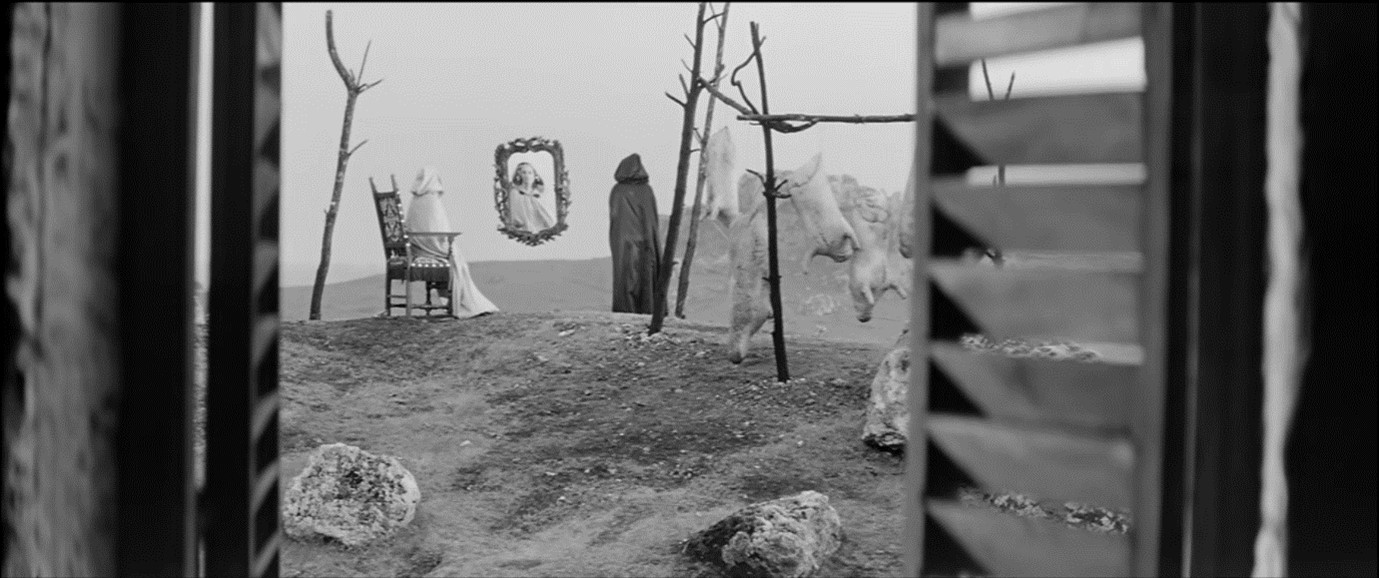
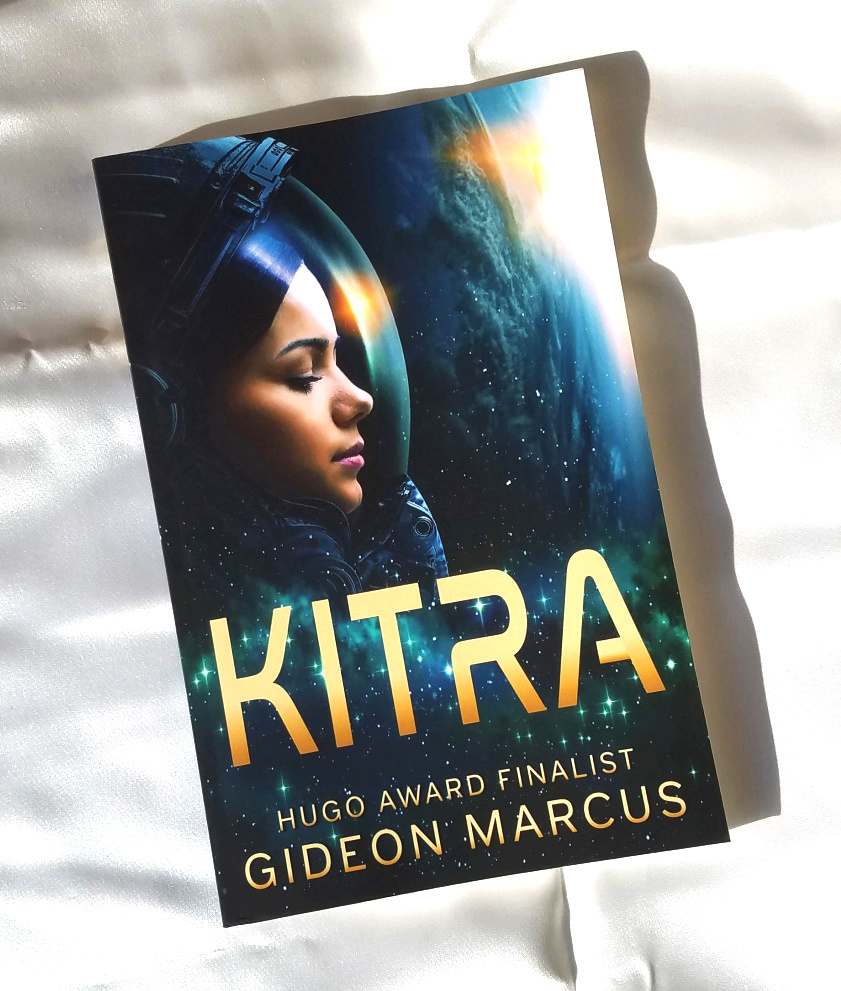
![[November 4, 1965] The Best Bad Science Fiction Wrestling Can Offer (A Review of Two Films of <i>El Santo</i>)](https://galacticjourney.org/wp-content/uploads/2020/11/651104movie-472x372.jpg)


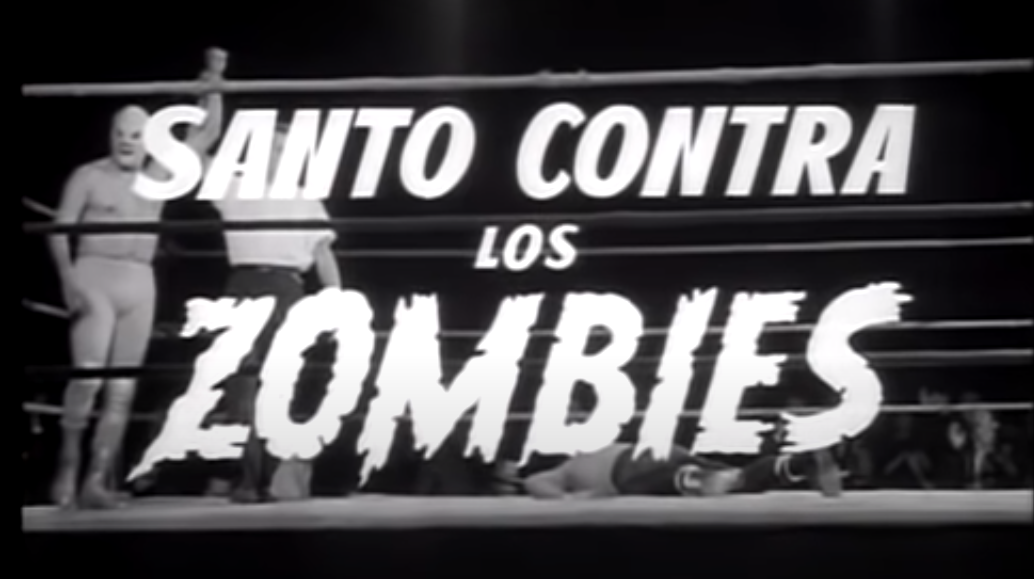


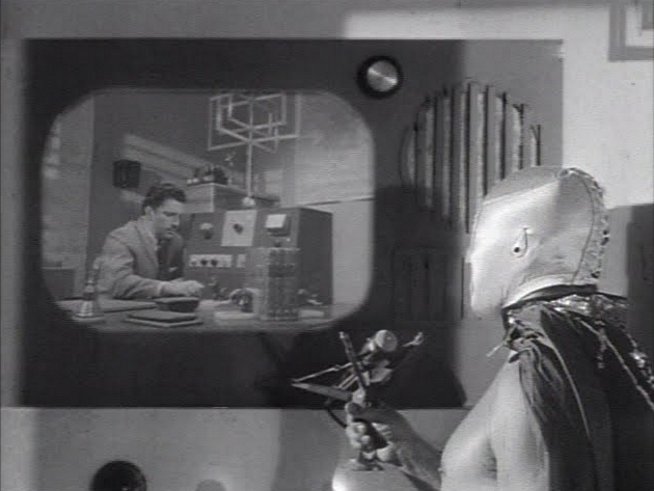
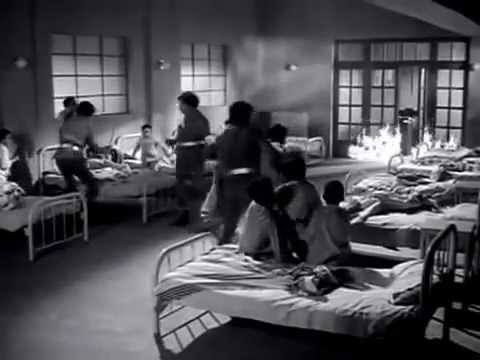 Zombies steal children from the orphanage and light it on fire. Because they're evil.
Zombies steal children from the orphanage and light it on fire. Because they're evil.
